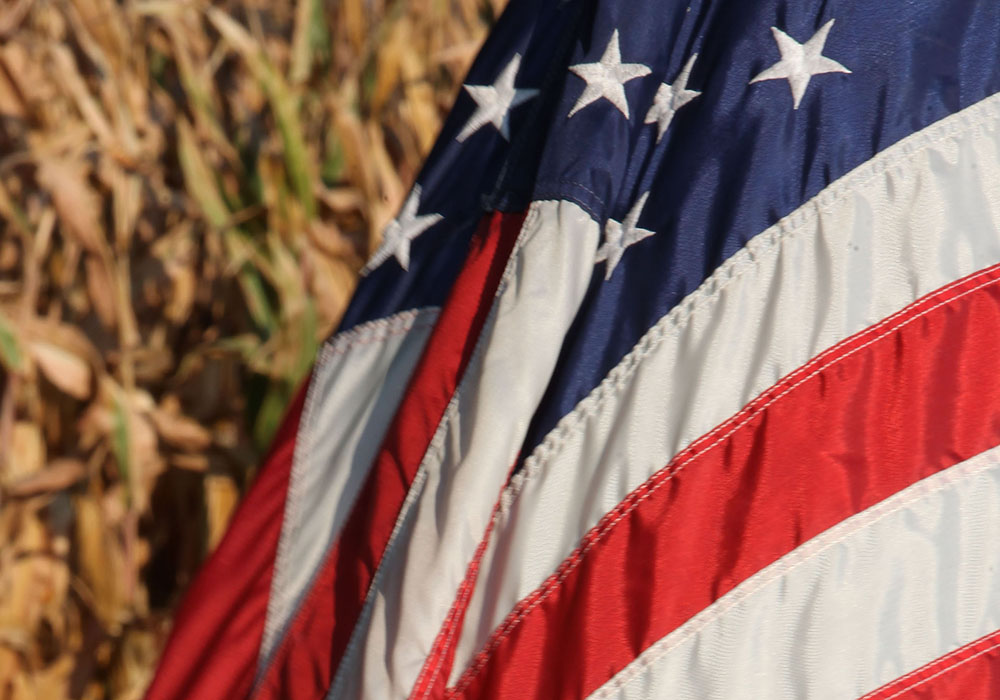Producers and governments must use all the tools available if they are going to fix the current breakdowns in Canadian agriculture.
For now, they might have to delay regular maintenance and concentrate on the stuff that will keep producers in the field this year.
Canadian agricultural support systems were designed around business risk management tools. Among those, Agri-Recovery hasn’t been taken out of the toolbox very often.
Meant for bad breaks, AgriRecovery was designed to repair economic damage long enough for users to get back to work and use the rest of the set, AgriInvest, AgriStability and AgriInsurance, to keep things rolling into the future.
Read Also

Proactive approach best bet with looming catastrophes
The Pan-Canadian Action Plan on African swine fever has been developed to avoid the worst case scenario — a total loss ofmarket access.
AgriStability lost some of its effectiveness when government reduced the historical reference margin. The previous limit should be restored.
BRM solutions might be endangered if provinces fail to provide their full contributions to the safety net systems. Even though flawed, the risk management system must be bankable. Producers have to be able to count on both levels of government to fully participate.
After all, no provincial government would accept partial payments on taxes or provincial fees-for-service just because the payer was having trouble meeting budget.
Producers have paid their taxes and supported the governments now in power on the Prairies, both at the ballot box and with donations. All provincial governments need to be fully onboard with BRMs, as Alberta has said it is.
South of the border, Canadian farmers’ direct competitors are receiving more than $25 billion to combat COVID-19 challenges.
That is about $75 per American citizen. In Canada, it’s less than $8 per citizen in direct payments and labour support for farmers.
Last week’s federal government announcement of agriculture supports was said to be a starting point. A start, yes. More will be needed.
American farmers are direct competitors internationally and in U.S. domestic markets. If American farmers can afford to sell their production for less, Canadian producers will have to match those prices in the marketplace. An improved AgriStability program will be needed to help them with that.
Governments face new costs as they address the fallout from COVID-19. It’s not the best time to seek changes to programs that require yet more expense.
Requests for higher limits on AgriInvest and a federal payment of five percent of net sales won’t be an easy sell, in large part because there’s $2 billion on deposit in farmer accounts.
AgriInvest was intended to help producers deal with and adapt to market problems. If that money isn’t being accessed, it creates a credibility gap with the federal government when more funding is requested.
There are reasons for farmers’ reluctance to use those funds and it speaks to the need for BRM overhaul. That need is even more urgent given the myriad challenges presented by the pandemic.
Karen Briere, Bruce Dyck, Barb Glen and Mike Raine collaborate in the writing of Western Producer editorials.

















